The Role of the Egg Cell in the Female Reproductive Process
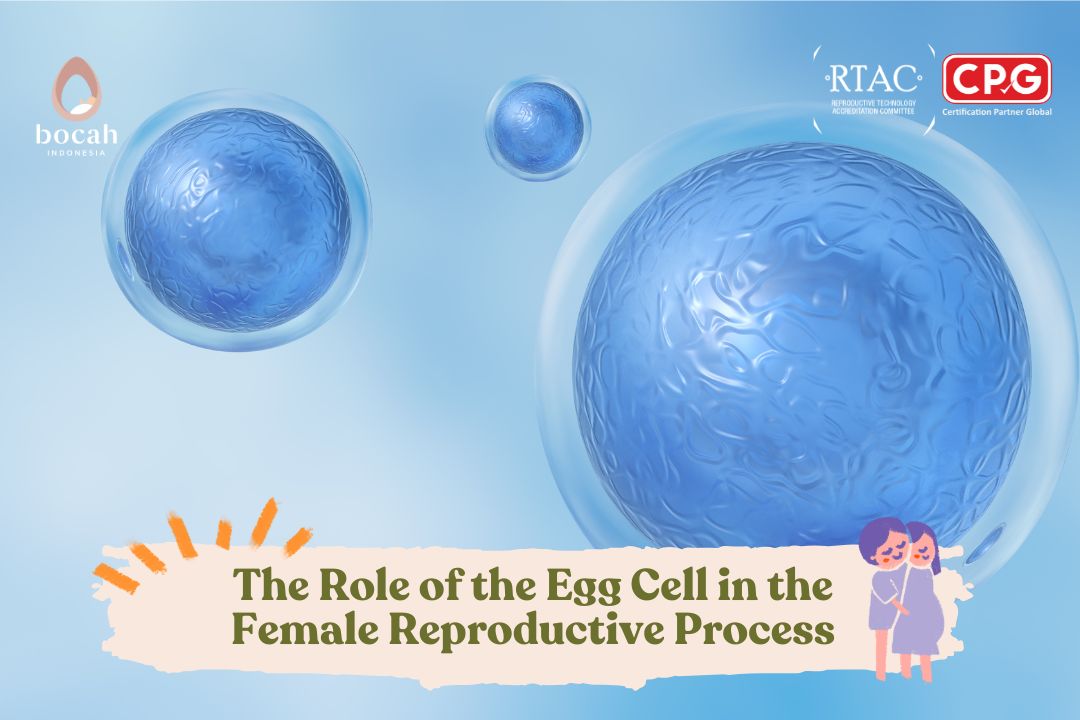
Each month, one of a woman’s ovaries releases a single egg cell that has the potential to be fertilized.
The egg cell, or ovum, is the female gamete responsible for enabling reproduction.
It is formed through a process known as oogenesis and has the potential to develop into a new organism when successfully fertilized by a sperm cell. Egg cells are haploid, meaning they contain half the number of chromosomes found in somatic cells.
Anatomy and Structure of the Egg Cell
Medically referred to as the ovum, the egg cell consists of three primary external layers:
-
Corona radiata: This is the outermost layer made up of follicular cells. These cells provide nutrients and protection to the egg cell.
-
Zona pellucida: Located beneath the corona radiata, this thick, transparent, acellular layer is composed of glycoproteins. It supports the physical structure of the egg and plays a vital role in fertilization—facilitating sperm binding and preventing polyspermy (fertilization by more than one sperm).
Tanya Mincah tentang Promil?
-
Vitelline membrane: The innermost thin, transparent membrane that provides an additional layer of protection.
Inside the ovum are:
-
Cytoplasm: A gel-like substance housing organelles, where all essential metabolic activities occur to keep the cell alive. Within the cytoplasm is the mitochondria, the powerhouse of the cell, supplying most of its energy.
-
Nucleus: Known as the control center, it houses the genetic material (DNA) essential for embryonic development. Like sperm cells, the egg contains 23 chromosomes. After fertilization, the resulting embryo will have a total of 46 chromosomes.
Size and Quantity of Egg Cells in Women
The egg cell is one of the largest cells in the human body, while the sperm is among the smallest. A human ovum ranges from 0.13–0.2 mm in diameter—visible to the naked eye. In contrast, sperm cells are 3–4 times smaller, measuring approximately 0.05–0.06 mm in length, with a head width of about 0.005 mm.
Girls are born with a fixed number of immature eggs in their ovaries. This number decreases with age:
-
At birth: approximately 2 million eggs
-
At puberty: around 400,000
-
At age 37: about 25,000
-
By menopause (around age 51): approximately 1,000 immature, non-viable eggs
With each menstrual cycle, one immature egg matures and is released during ovulation. Eggs that are not ovulated are reabsorbed by the body. As women age, both the quantity and quality of eggs decline. These two factors largely determine a woman’s fertility.
How Egg Cells Develop
Egg cells develop from small germ cells in the ovaries through a complex process called oogenesis. Each month, the ovaries take turns releasing a mature egg. If one ovary is absent or nonfunctional, the healthy ovary will continue ovulating.
This process is linked to folliculogenesis—the maturation of the ovarian follicle that houses the developing egg. At the start of each menstrual cycle, 10–20 primary follicles begin to develop, stimulated by follicle-stimulating hormone (FSH), secreted by the brain’s pituitary gland.
By day 9 of the cycle, only one dominant follicle continues to grow while the others degenerate. Around day 14, a surge of luteinizing hormone (LH) triggers the release of the mature egg within 24–36 hours—a process called ovulation. The released egg then travels through the fallopian tube, awaiting fertilization.
Some eggs will mature with age, others remain dormant for years, and some never develop at all.
Functions of the Egg Cell
The primary role of the egg cell is to contribute half of the genetic material upon fertilization, forming a zygote, which will later develop into an embryo and eventually a complete human organism.
Other functions include:
-
Nutrient supply: The cytoplasm contains yolk-like components that provide essential nutrients to the developing embryo.
-
Sperm attraction: The egg releases chemical signals to attract sperm and facilitate sperm entry during fertilization.
-
Activation of embryogenesis: Once fertilized, the egg alters its membrane potential and internal biochemistry to initiate zygote division.
-
Prevention of polyspermy: Mechanisms are triggered to ensure only one sperm fertilizes the egg.
How to Assess Egg Function and Quality
Eggs that function properly are of high quality, but unfortunately, there is no direct test to measure egg quality. The best method currently available is evaluating ovarian reserve.
This is done through ovarian reserve testing, typically used to assess a woman’s fertility potential. It compares a woman’s results to others in the same age group.
The test includes:
-
Hormone blood tests, including FSH and Anti-Müllerian Hormone (AMH)
-
Transvaginal ultrasound to count the number of antral follicles (AFC)
These findings help predict how well a woman might respond to fertility treatments like in vitro fertilization (IVF).
The only definitive way to assess egg quality is through fertilization with a sperm cell and subsequent genetic testing of the resulting embryo.
Age: A Major Determinant of Egg Quality and Function
Numerous studies confirm that age consistently affects egg quality. Consider these statistics:
-
According to the American Society for Reproductive Medicine, women under 30 have a 25% chance of conceiving naturally each cycle. This decreases to 20% at age 30, and just 5% by age 40.
-
IVF success rates also decline with age, especially when using a woman’s own eggs. By age 44, success rates drop to below 5%.
-
Conversely, using younger donor eggs or eggs that were frozen before age 35 can yield success rates of 50–51%.
Egg quality declines over time due to cumulative exposure to factors like environmental toxins, oxidative stress, and illness—all of which may damage DNA. As women age, their eggs are more likely to have chromosomal abnormalities, leading to difficulty conceiving, miscarriage, or birth defects.
Older women who become pregnant have a significantly higher risk of miscarriage or bearing children with genetic conditions like Down syndrome—from just 0.2% in their 20s to 5% in their 40s. This is why freezing eggs before age 35 increases the likelihood of a healthy pregnancy later in life.
Conclusion
The egg cell’s main function is to provide half the genetic material for a new embryo once fertilized by sperm. To ensure the formation of a healthy embryo, the egg must be of high quality. The facts above reinforce the critical role of egg age in determining female fertility. The older the egg, the lower its chances of successful fertilization and healthy pregnancy.
Source:
- Apricity. The human egg cell explained for egg donors. URL: https://www.apricityfertility.com/uk/blog/human-egg-cell-explained
- Britannica. Ovum: structure, function, and fertilization. URL: https://www.britannica.com/science/ovum.
- Franasiak JM, Forman EJ, Hong KH, Werner MD, Upham KM, Treff NR, Scott Jr RT. The nature of aneuploidy with increasing age of the female partner: a review of 15,169 consecutive trophectoderm biopsies evaluated with comprehensive chromosomal screening. Fertility and sterility. 2014 Mar 1;101(3):656-63.
- Microbe Notes. Egg cell: structure, types, functions and oogenesis. URL: https://microbenotes.com/egg-cell-ovum/#:~:text=The%20primary%20function%20of%20egg,to%20form%20a%20new%20individual
- Shebl O, Ebner T, Sir A, Schreier-Lechner E, Mayer RB, Tews G, Sommergruber M. Age-related distribution of basal serum AMH level in women of reproductive age and a presumably healthy cohort. Fertility and sterility. 2011 Feb 1;95(2):832-4.
- van Noord-Zaadstra BM, Looman CW, Alsbach H, Habbema JD, te Velde ER, Karbaat J. Delaying childbearing: effect of age on fecundity and outcome of pregnancy. British Medical Journal. 1991 Jun 8;302(6789):1361-5.
- Wallace WH, Kelsey TW. Human ovarian reserve from conception to the menopause. PloS one. 2010 Jan 27;5(1):e8772.


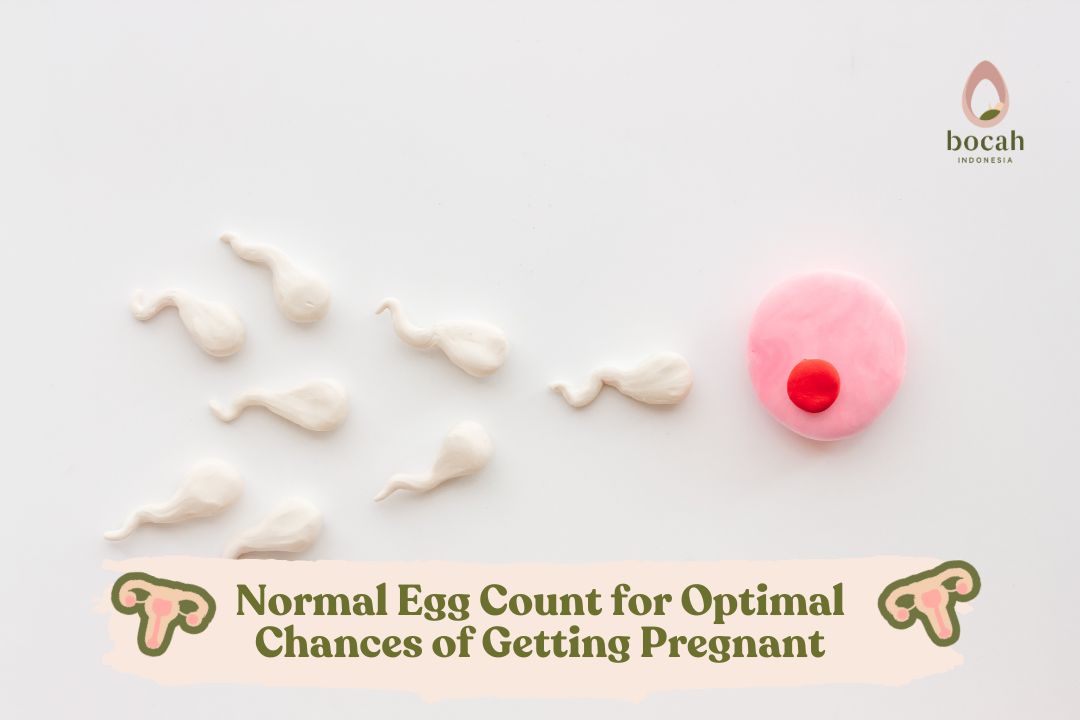
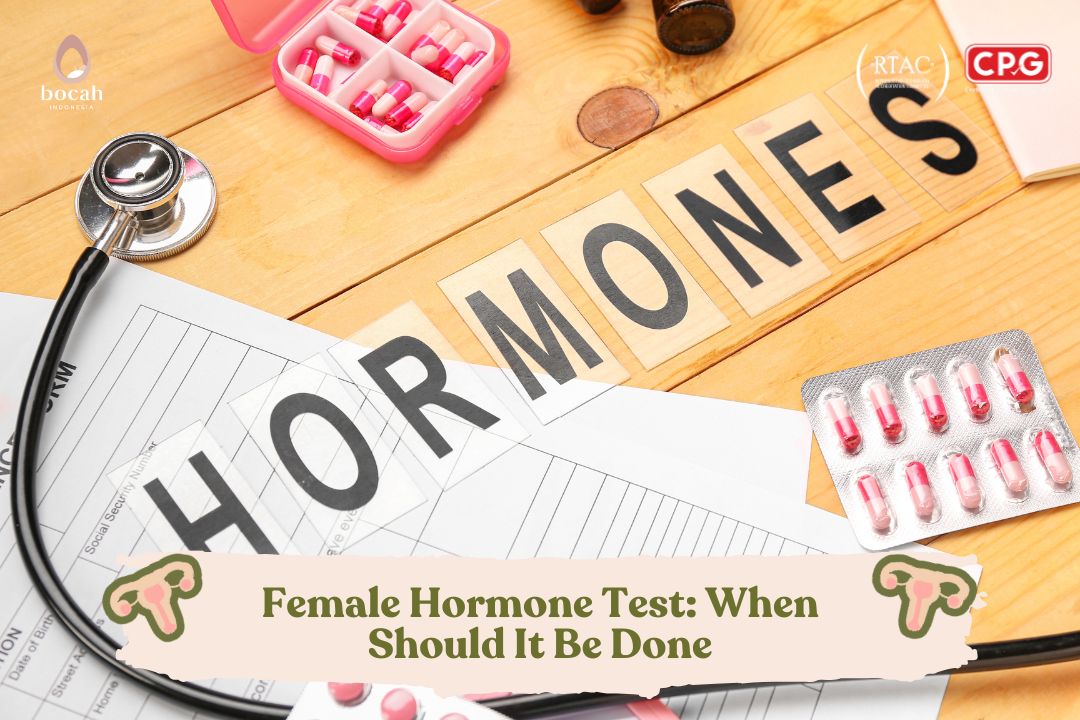
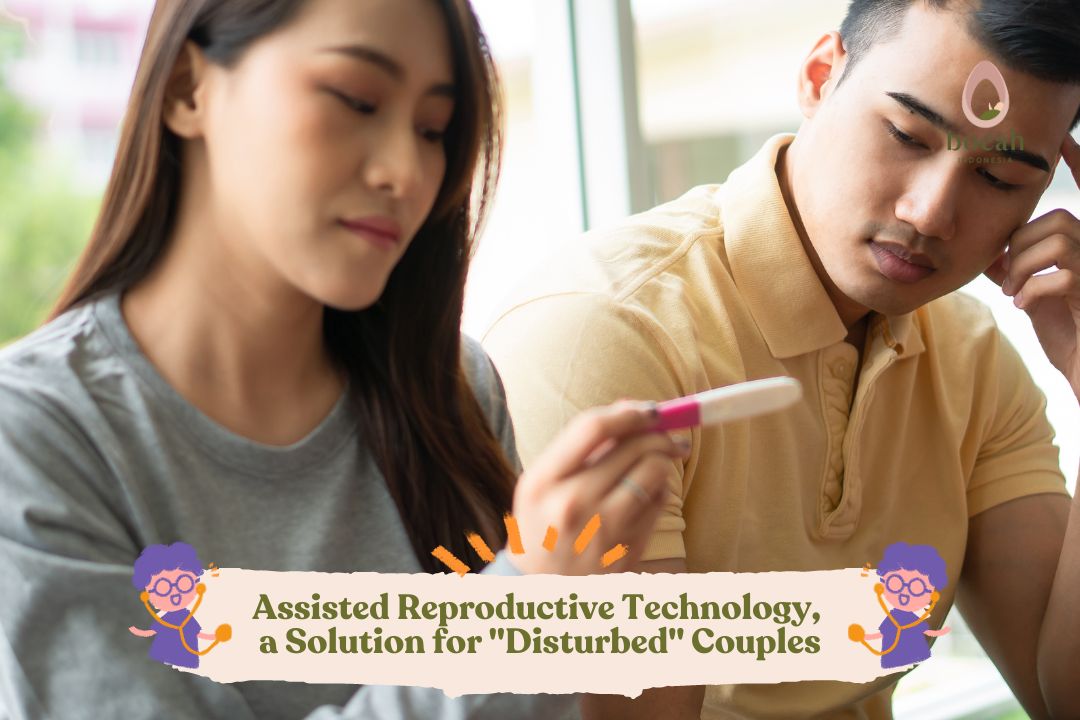
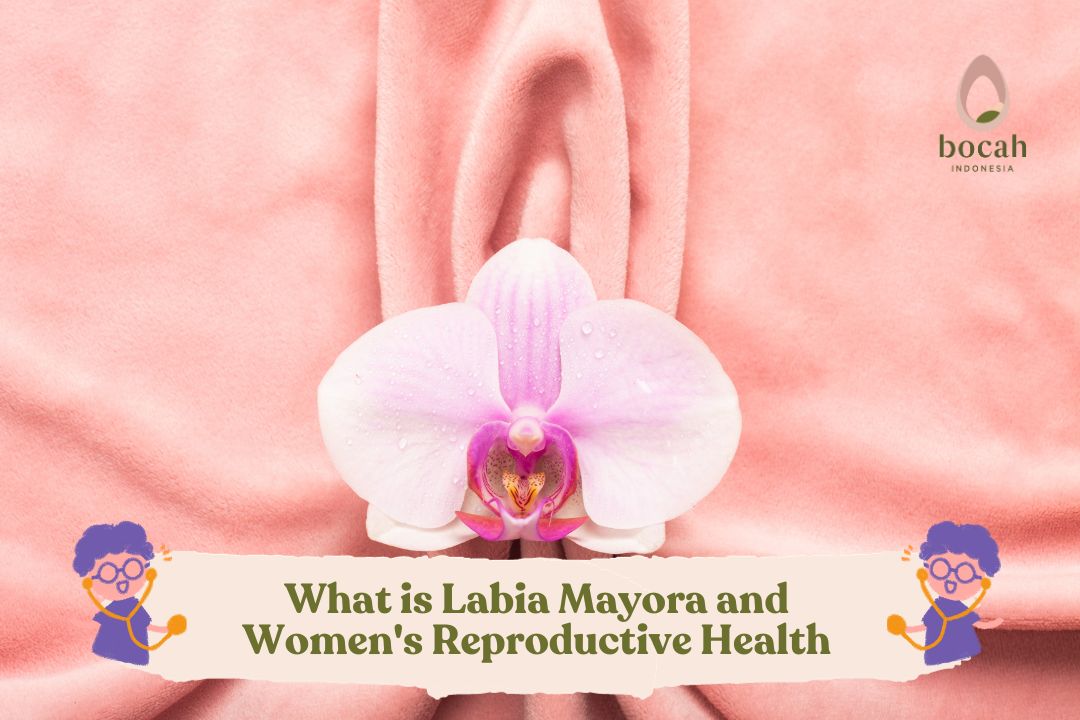
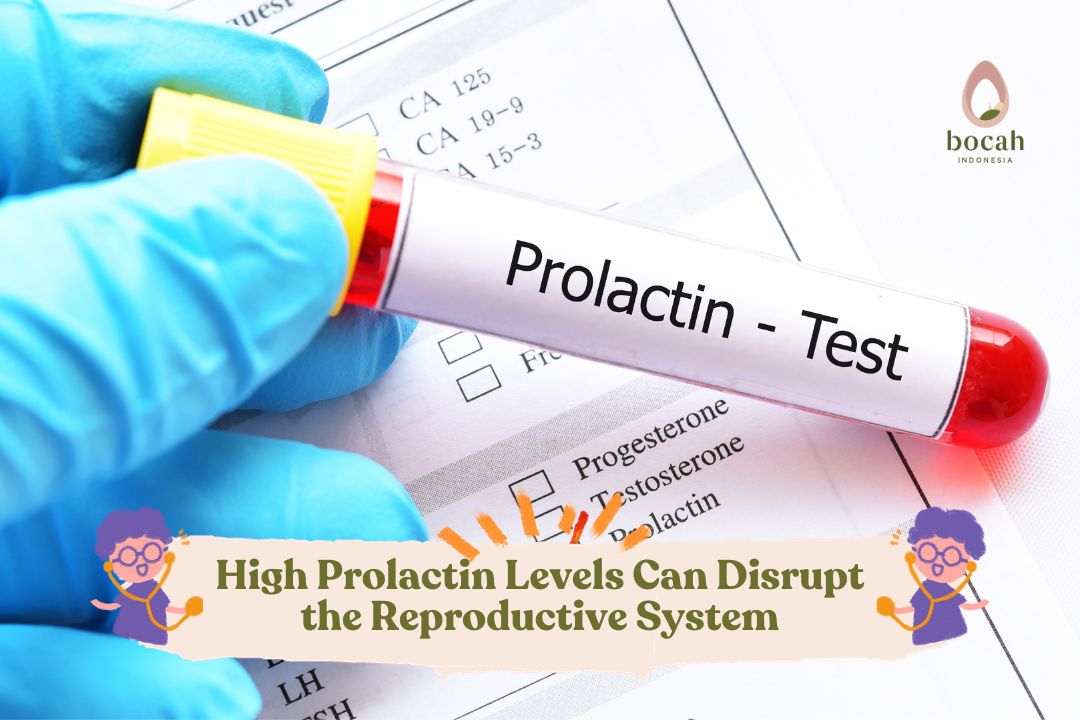
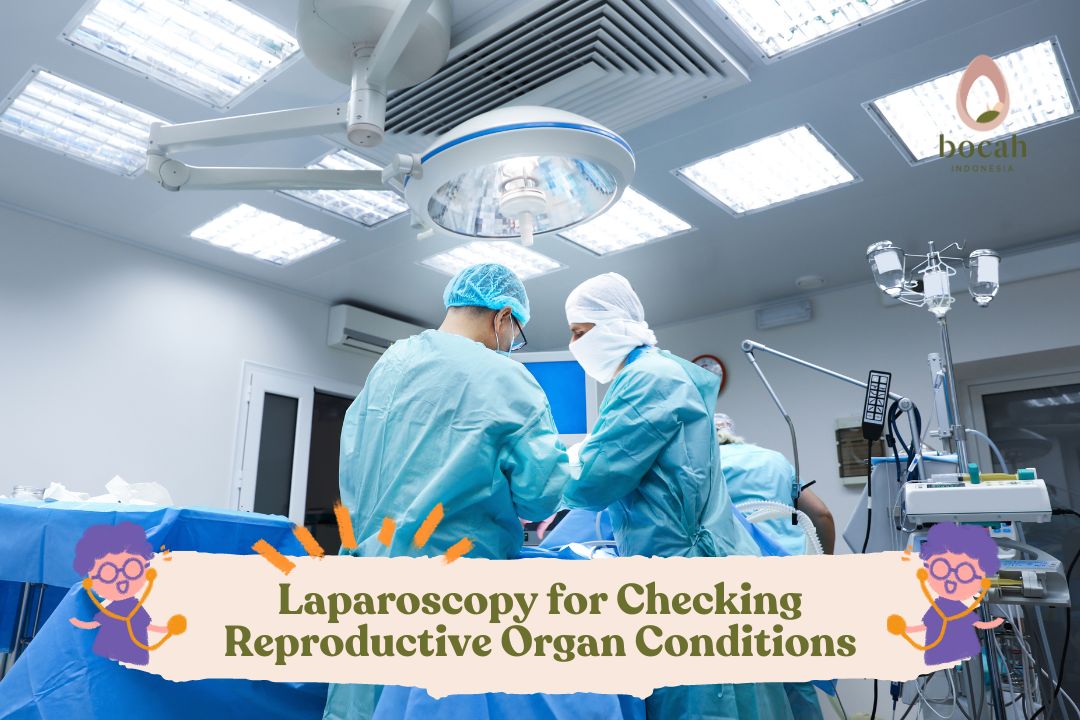



2 Responses
As I sit down to share my story, I am overwhelmed with emotions, reflecting on the incredible journey that has brought me to where I am today. My name is Amelia, and I am a testament to the power of nature and the resilience of the human spirit. For years, my husband and I struggled with infertility, facing countless disappointments and heartbreaks. But today, I hold my precious child in my arms, conceived through the miraculous power of herbs.
The journey began over five years ago when my husband and I decided to start a family. We had been married for a few years, and everything seemed perfect, but month after month, I would discover that I wasn’t pregnant. As the months turned into years, our excitement turned into frustration, and our hopes began to dwindle. We visited numerous hospitals, consulted with specialists, and underwent countless tests, but the diagnosis was always the same: our chances of conceiving were slim.
The emotional toll was immense. I felt like a failure, and the pressure from family and friends only added to our stress. We tried every medical treatment available, from fertility drugs to IVF, but nothing seemed to work. It was as if our dream of having a child was slipping further and further away.
One day, a close friend suggested that we try herbal remedies. At first, I was skeptical, having relied on modern medicine for so long. However, desperation had taken over, and I was willing to try anything. We began our search for the right herbs, consulting with herbalists and reading about various natural remedies.
The herbs we used were carefully selected based on their properties to enhance fertility. There was maca root, known for its ability to balance hormones; chasteberry, which supports ovulation; and red clover, rich in isoflavones that promote reproductive health. We prepared the herbs according to the herbalist’s instructions and started our treatment.
The journey wasn’t easy. There were times when we doubted the effectiveness of the herbs, and the long history of medical failures made us question whether this would work. However, we were determined to give it our best shot. We combined the herbal treatment with a healthier lifestyle, eating better, exercising regularly, and managing stress.
Months went by, and while we didn’t see immediate results, I began to feel a change within myself. My menstrual cycle became more regular, and I felt more energized and positive. Then, one morning, I woke up with a strange feeling—a feeling that something was different. I took a pregnancy test, and to our absolute shock, it was positive!
The joy that followed was indescribable. We couldn’t believe that after all the struggles, we were finally going to be parents. The pregnancy was a blessing, filled with moments of happiness, anticipation, and, of course, some challenges. But through it all, we felt a sense of peace and gratitude, knowing that our child was conceived naturally, through the power of herbs.
On February 23 2025, we welcomed our beautiful baby into the world. Holding our child in our arms for the first time was a moment of pure bliss. It was as if all the tears, prayers, and hopes had culminated in this one perfect moment. We named our child Luca, which means “gift of God” in our native language, because that’s exactly what our child is—a gift from above, conceived through the miraculous power of nature.
Looking back, I realize that our journey to parenthood taught us patience, resilience, and the importance of faith. While the medical community may not fully understand or acknowledge the power of herbs in fertility, our experience speaks for itself. The herbs worked for us when nothing else did, and for that, we are eternally grateful.
If you’re reading this and facing similar challenges, I want you to know that there is hope. Don’t give up. Explore all your options, including natural remedies. While herbs may not be the solution for everyone, they were for us, and that’s all that matters.
In conclusion, I want to express my deepest gratitude to the herbalist who guided us, to the natural world that provided the herbs, and to God, who blessed us with this precious gift. Our story is a testament to the power of nature and the human spirit’s ability to overcome adversity. We hope that our journey will inspire others to explore natural solutions and never lose hope in their quest for parenthood. You can yours from them, this is their email contact, oceanviewtraditioncentre@gmail.com
Thank you for reading Amelia’s inspiring story. Every fertility journey is unique, often requiring a combination of patience, faith, and the right approach.
If you or someone you know is struggling with fertility and would like to receive guidance, lifestyle advice, and professional support, our expert team at BocahIndonesia.com is here to help.
🌿 Personalized Consultation
💬 Get lifestyle recommendations, supportive care, and expert assistance tailored to your condition.
👉 Contact us at: Clic here
📩 Website: bocahindonesia.com
📞 Consultation Services: Available via chat whatapps Clic here
Never lose hope — every small step can lead to a beautiful miracle. 💖